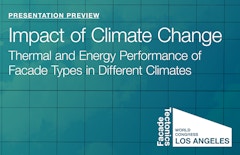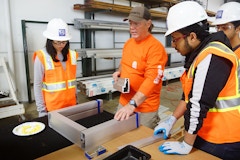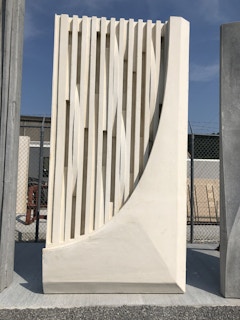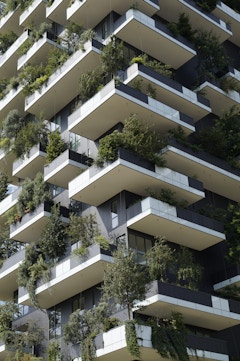
Design & Preservation Resource Roundup!
A collection of available public assets to assist in your resilient and sustainable building design and delivery.

A collection of available public assets to assist in your resilient and sustainable building design and delivery.

The age-old trend of more and larger lites of glass in the building skin dates back to the Roman Empire. Despite the challenges of highly glazed facades, it appears we just can’t get enough. Is there a “beyond” glass? If so, what does it look like?

Metal-framed glazed enclosures define contemporary architecture. But as our 20th century building stock continues to age, the restoration, rehabilitation and replacement of underperforming facades has created a specialized field of physicists and preservationists.

As global temperatures continue to rise, researchers are examining the building envelope’s impact on climate-specific guidelines to create a more sustainable built environment.

Reviewing John Neary's Circadian Curtain Wall, one is confronted with an insistent question: why hasn't anyone started construction on this intriguing building design yet? John has provided FTI with a presentation to explain the thinking behind the Circadian Curtain Wall in greater detail.

The Poetry, Pitfalls and Potential of Kinetic Facades is an ongoing series published by the Advanced Technology Studio of Enclos examining kinetic components in building envelopes — often eye-catching, occasionally gimmicky, and almost always a technical and economic challenge.

The focus of this issue of SKINS is on embodied carbon -- the carbon dioxide (CO₂) emissions associated with materials and construction processes throughout the whole lifecycle of a building or infrastructure.

Ever-increasing performance requirements in the latest version of the energy codes are compelling project teams to consider the thermal performance of the building envelope more rigorously than ever before.

Technoform recently embarked on a research project with the University of Massachusetts Amherst and are excited about the opportunity to collaborate with academia. We believe that building strong partnerships and networks that lead to shared results progresses the industry.

The Facade Tectonics Institute kicked off their first installment of FTI Dialogues: Suppliers & Contractors Series virtually on Friday, March 19th. High-performance facade systems are recognized as a key element in achieving sustainable building performance while also being tasked with providing

Fundamentals of Facade Technology: Jeff Vaglio, a proud Facade Geek and lifelong learning proponent, reports on a hands-on industry/academic collaboration at USC. Education is a core mission of the Facade Tectonics Institute, serving both academia and the building profession.

Precast Concrete Enclosures is an elective course taught by Assistant Professor Pablo Moyano Fernandez at Washington University in St. Louis. The primary goal of the course is to enable students to envision and materialize full-scale building envelopes using precast concrete.

...the design and construction industries are notoriously resistant to change, putting them on a collision course with the many cities, states, and provinces that are moving ahead of national standards in keeping with declared intentions to dramatically cut their carbon emissions this decade.

Being part of the European Façade Network efn, an association of ten research and education entities throughout Europe, I would like to share my experiences of last year’s conferences and research activities with this brief contribution.